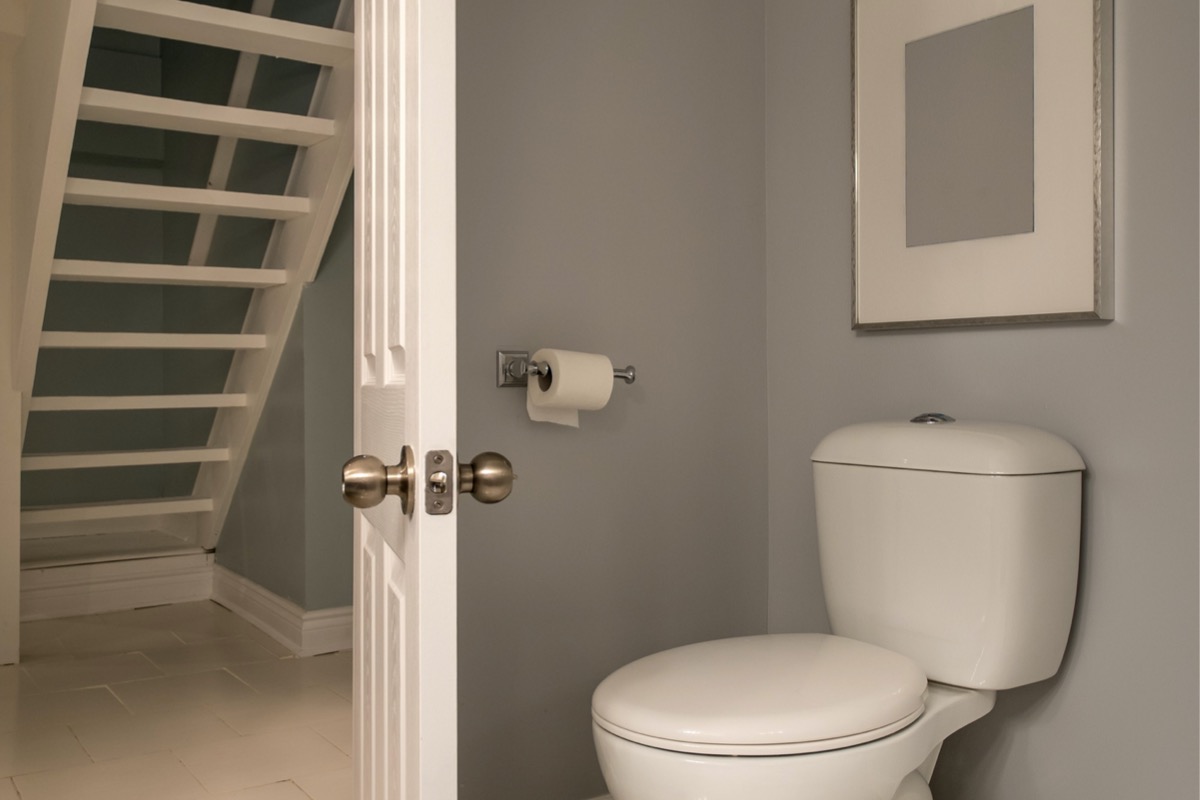How do you feel in regards to 11 Must-Read Tips for Plumbing a New House?

For brand-new homeowners, understanding and keeping restroom plumbing can conserve both money and time by stopping costly concerns down the line. Right here are some necessary washroom pipes tips to assist you keep everything running efficiently.
Familiarize Yourself with the Key Shut-Off Valve
Knowing where the primary water shut-off valve is located in your home is critical. This permits you to quickly switch off the water in case of significant leaks or throughout plumbing emergency situations, protecting against considerable water damages.
Frequently Evaluate for Leaks
Small leaks can lead to large issues. On a regular basis examine under sinks, around bathrooms, and near pipes components for any signs of leakages. Seek moisture, small drips, or corrosion. Catching and fixing leakages early can stop more serious damages and save water.
Don't Ignore Slow Drains
If your sink or bath tub is draining slowly, it's frequently an indicator of a clog developing. Resolving this early can stop a full clog. Make use of a plunger or a plumbing professional's snake to remove debris. Prevent using chemical drain cleansers as they can harm your pipelines over time.
Know What Not to Flush
Commodes are not garbage disposals. Avoid purging anything aside from bathroom tissue and human waste. Things like wipes, womanly hygiene products, and cotton swabs ought to be dealt with in the garbage to stop blockages and sewer back-ups.
Set Up Strainers in Drains
Area filters in your sink and tub drains to capture hair and other debris prior to they enter your plumbing system. Cleaning the filters on a regular basis will assist avoid build-up and maintain water flowing easily.
Keep Your Hot Water Heater
Guarantee your water heater is set to an appropriate temperature level (commonly around 120 levels Fahrenheit) to avoid scalding and minimize power use. Flush the storage tank each year to get rid of debris build-up, which can minimize the performance and life expectancy of your heater.
Upgrade Your Fixtures
If your home has older components, think about updating to much more efficient designs. Modern commodes, showerheads, and faucets are made to make use of less water while providing good pressure, which can dramatically minimize your water costs and environmental impact.
Be Cautious with DIY Plumbing Repair Works
While it's alluring to handle all home repairs on your own, beware with plumbing. Some concerns might call for expert know-how, especially if they include main water lines or sewer repair work. Employing a professional can occasionally be extra cost-efficient than do it yourself, especially if it prevents more damages.
Plan For Cold Weather
Protect your pipelines from cold during cold weather by shielding pipelines in unheated areas like basements, attics, and garages. During extreme chilly, allow cold water drip from taps offered by exposed pipelines to help prevent cold.
Arrange Routine Maintenance
Think about organizing yearly evaluations with a licensed plumbing professional. They can spot concerns that you might miss, such as hidden leakages or wear and tear on pipes and components. Regular maintenance aids expand the life of your plumbing system and can avoid emergencies.
Verdict
Recognizing and maintaining your home's bathroom pipes can avoid lots of common issues. By following these essential pointers, you can guarantee your washroom continues to be useful and effective, conserving you money and time in the future.
Essential Plumbing Tips for Homeowners: Keep Your Pipes Flowing Smoothly
As a homeowner, understanding the basics of your plumbing system can save you time, money, and a lot of headaches. Plumbing issues can range from minor annoyances like dripping faucets to major problems like burst pipes that cause significant damage. This guide provides essential tips to help you maintain your plumbing system and tackle common issues.
Understanding Your Plumbing System
- Supply System: Brings fresh water into your home from a municipal source or a well.
- Drain-Waste-Vent System: Removes wastewater and vents sewer gases outside.
- Fixtures and Appliances: Includes sinks, toilets, showers, dishwashers, and washing machines.
Basic Maintenance Tips
- Regular Inspections: Periodically check for leaks, corrosion, and other signs of wear and tear. Look under sinks, around toilets, and near water heaters.
- Know Your Main Shut-Off Valve: In case of a major leak, you’ll need to shut off the water quickly. Ensure everyone in your household knows where the main shut-off valve is located.
- Prevent Frozen Pipes: In cold climates, insulate exposed pipes and let faucets drip during extreme cold to prevent freezing.
- Use Strainers: Install strainers in sinks and tubs to catch hair, food particles, and other debris that can cause clogs.
Common Plumbing Issues and Solutions
Clogged Drains:
- Prevention: Avoid pouring grease down the drain and use drain screens to catch debris.
- DIY Fix: Use a plunger or a plumbing snake to clear minor clogs. For stubborn clogs, a mixture of baking soda and vinegar can sometimes help.
Leaky Faucets:
- Prevention: Replace washers and seals regularly.
- DIY Fix: Turn off the water supply, disassemble the faucet, and replace worn parts.

Schedule Today
Comments on “New Homeowners: Key Advice for Your Bathroom Plumbing”